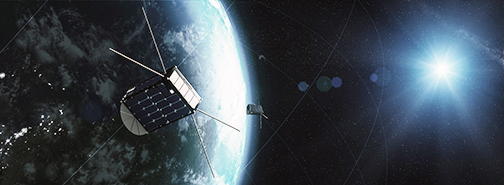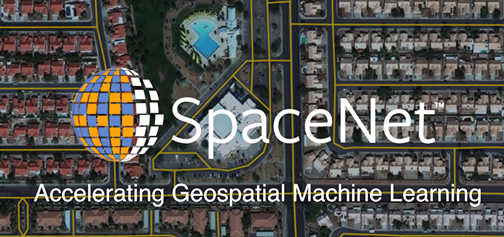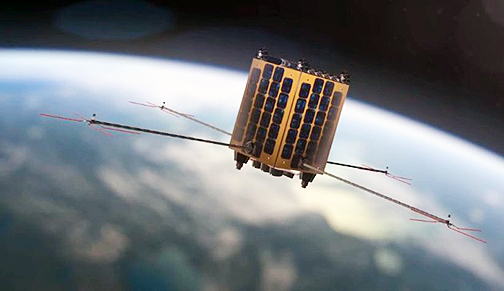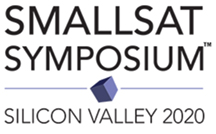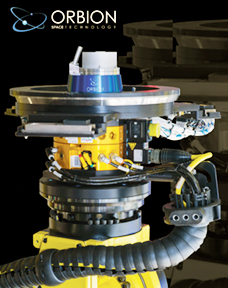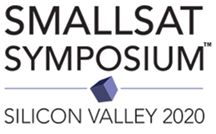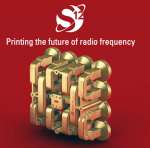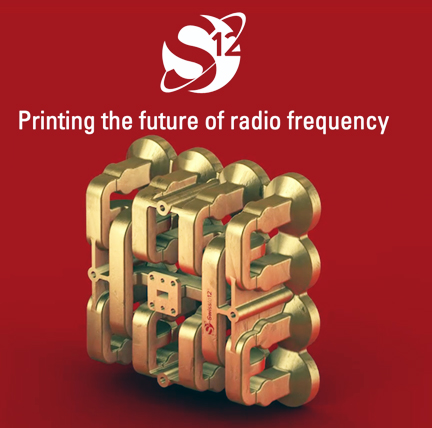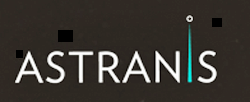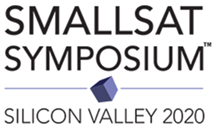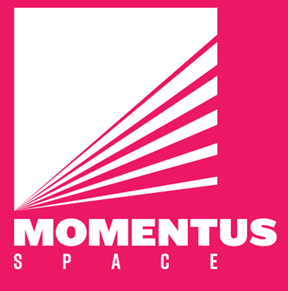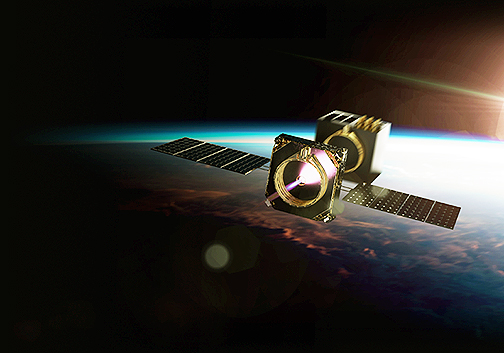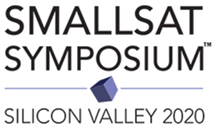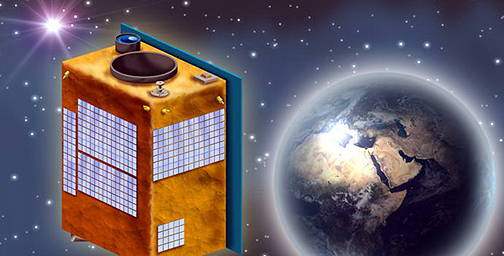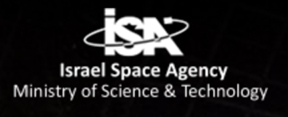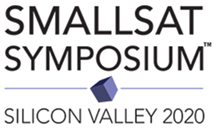
Capella Space is partnering with SpaceNet®, a nonprofit organization dedicated to accelerating open source, artificial intelligence (AI) applied research for geospatial applications.

Capella joins the collaborative SpaceNet partnership alongside In-Q-Tel’s (IQT) CosmiQ Works, Maxar Technologies, Intel AI and Amazon Web Services (AWS). Capella’s addition to the partnership presents an exciting opportunity to expand SpaceNet’s existing geospatial open source research to a new data type, Synthetic Aperture Radar (SAR). Opening access to this data will help broaden the use of high-quality SAR in a variety of geospatial analytic applications.
There is tremendous potential in applying machine learning to SAR data for a range of applications, from natural disaster response to monitoring global supply chain activity, but the industry still faces significant barriers to adoption. Developers and data scientists lack open data and software tools. Capella seeks to help overcome these obstacles through its partnership with SpaceNet and the development of a new SAR user community.
The Capella User Community will broaden the adoption of high-resolution SAR data to solve a range of global issues. Data scientists and software engineers will have access to free and open Capella data along with tools and techniques to work more easily with SAR data. The company invites academics, non-government organizations (NGOs), governments, and companies to join Capella’s User Community at this direct link…
Ryan Lewis, SVP at IQT and GM of SpaceNet, stated that SAR promises substantial value for a wide variety of geospatial applications because, unlike satellite imagery, it is not limited by weather or lighting conditions. Furthermore, SAR phase data can offer additional insights into a particular location such as land subsidence. Capella’s contribution of an open-source, high-resolution SAR data set is an important next step for SpaceNet, and the organization is excited to see how participants use this data for machine learning models in an upcoming challenge.
Andrew Ulmer, VP of Business Development at Capella Space, added that, traditionally, this type of high-resolution SAR data has only been used by governments for defense applications and has not been easy to access. By opening access to this type of data and lowering barriers to adoption, the company aims to foster broad and rapid advances in commerce, conservation and well-being across many industries. Capella Space encourages industry leaders, academics and NGOs to experiment with the data, as it’s collective imagination that will unlock the most value and transform how all live.
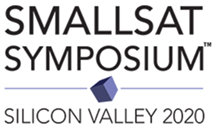
For all involved in the satellite and space industry and the various market segments that add value to these dynamic environments, the 2020 SmallSat Symposium is truly worth your consideration for attendance.
The SmallSat Symposium is hosted by Satnews Publishers which, since 1983, has been a provider of a satellite news, media and events. This information packed forum was created to enable you and your company to secure a larger portion of market share as well as to take part in the next stages of your company’s or organization’s growth.

The personal connections at the SmallSat Symposium enable attendees to network with established organizations, subject-matter experts as well as ‘New Space’ entrants.
The SmallSat Symposium will focus on new technologies and the business environment that is shaping the implementation of smallsat constellations, smallsat launchers, the challenges facing the smallsat developer and actors as well as the enormous benefits of these advanced technologies that will benefit our world.
This event assembles more than 100 diverse speakers, all of whom possess deep industry experience. Additionally, numerous opportunities exist to mingle and network with peers while enjoying exceptional, complimentary meals and refreshment breakfast.





